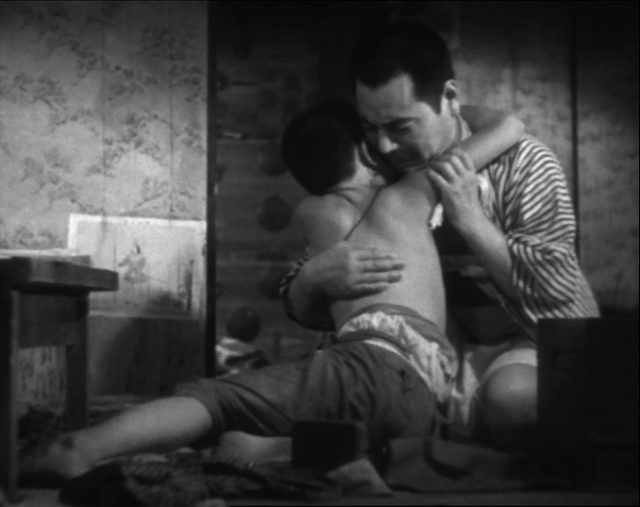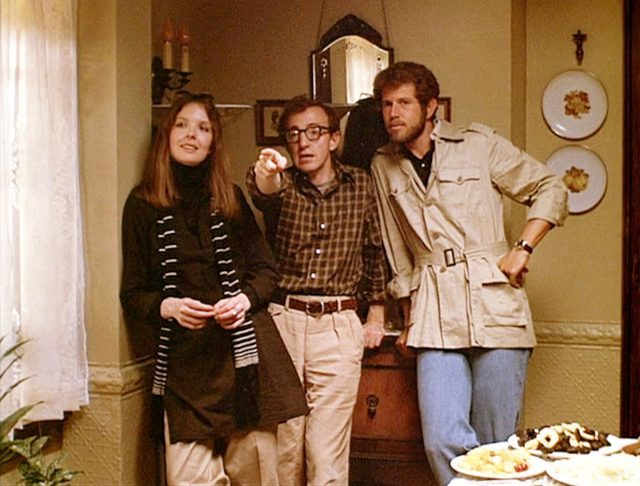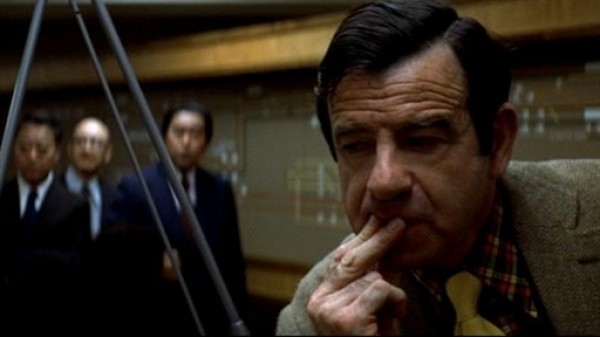
Walter Matthau tries to get to the bottom of a bizarre subway heist in The Taking of Pelham One Two Three
THE TAKING OF PELHAM ONE TWO THREE (Joseph Sargent, 1974)
Film Forum
209 West Houston St.
Saturday, July 8, 4:45, Sunday, July 16, 6:20, Friday, July 21, 5:00 & 10:00
Series runs through July 27
212-727-8110
filmforum.orgg
 On October 29, 1975, President Gerald R. Ford refused to grant a federal bailout of New York, resulting in one of the all-time-great headlines in the Daily News: “Ford to City: Drop Dead.” Film Forum is looking back at that rather unique decade in Big Apple history in the fab series “Ford to City: Drop Dead — New York in the 70s.” Running through July 27, the festival features more than three dozen Gotham classics, beginning with Midnight Cowboy and Taking Off and continuing with such favorites as Mean Streets (shown with Film Forum master programmer Bruce Goldstein’s Les Rues de Mean Streets), Serpico, Saturday Night Fever, Network, Klute, and Marathon Man. With all the recent problems with the subway system, it’s definitely time to revisit Joseph Sargent’s underground thriller, The Taking of Pelham One Two Three. Loosely adapted from the book by John Godey, the film wonderfully captures the cynicism of New York City in the 1970s. Four heavily armed and mustached men — Mr. Blue (Robert Shaw), Mr. Green (Martin Balsam), Mr. Gray (Hector Elizondo), and Mr. Brown (Earl Hindman), colorful pseudonyms that influenced Quentin Tarantino’s Reservoir Dogs — hijack an uptown 4 train, demanding one million dollars in one hour from a nearly bankrupt city or else they will kill all eighteen passengers, one at a time, minute by minute. The hapless mayor (Lee Wallace) is in bed with the flu, so Deputy Mayor Warren LaSalle (Tony Roberts) takes charge on the political end while transit detective Lt. Zachary Garber (a great Walter Matthau) and Inspector Daniels (Julius Harris) of the NYPD team up to try to figure out just how in the world the criminals expect to get away with the seemingly impossible heist. Sargent (Sybil) offers a nostalgic look back at a bygone era, before technology radically changed the way trains are run and police work is handled.
On October 29, 1975, President Gerald R. Ford refused to grant a federal bailout of New York, resulting in one of the all-time-great headlines in the Daily News: “Ford to City: Drop Dead.” Film Forum is looking back at that rather unique decade in Big Apple history in the fab series “Ford to City: Drop Dead — New York in the 70s.” Running through July 27, the festival features more than three dozen Gotham classics, beginning with Midnight Cowboy and Taking Off and continuing with such favorites as Mean Streets (shown with Film Forum master programmer Bruce Goldstein’s Les Rues de Mean Streets), Serpico, Saturday Night Fever, Network, Klute, and Marathon Man. With all the recent problems with the subway system, it’s definitely time to revisit Joseph Sargent’s underground thriller, The Taking of Pelham One Two Three. Loosely adapted from the book by John Godey, the film wonderfully captures the cynicism of New York City in the 1970s. Four heavily armed and mustached men — Mr. Blue (Robert Shaw), Mr. Green (Martin Balsam), Mr. Gray (Hector Elizondo), and Mr. Brown (Earl Hindman), colorful pseudonyms that influenced Quentin Tarantino’s Reservoir Dogs — hijack an uptown 4 train, demanding one million dollars in one hour from a nearly bankrupt city or else they will kill all eighteen passengers, one at a time, minute by minute. The hapless mayor (Lee Wallace) is in bed with the flu, so Deputy Mayor Warren LaSalle (Tony Roberts) takes charge on the political end while transit detective Lt. Zachary Garber (a great Walter Matthau) and Inspector Daniels (Julius Harris) of the NYPD team up to try to figure out just how in the world the criminals expect to get away with the seemingly impossible heist. Sargent (Sybil) offers a nostalgic look back at a bygone era, before technology radically changed the way trains are run and police work is handled.
The film also features a very funny, laconic Jerry Stiller as Lt. Rico Patrone and the beloved Kenneth McMillan as the borough commander. It was remade as a television movie in 1998, starring Edward James Olmos, Vincent D’Onofrio, and Lorraine Bracco, and as an embarrassingly bad big-budget bomb in 2009 by Tony Scott. The Taking of Pelham One Two Three is screening on July 8 (introduced by Goldstein), 16, and 21; the Film Forum series also includes such inspired double features as Shaft and Super Fly, Across 110th Street and Cops and Robbers, Dressed to Kill and Death Wish, Three Days of the Condor and The Eyes of Laura Mars, and The Warriors and Escape from New York. In addition, director Jerry Schatzberg will introduce The Panic in Needle Park on July 7, William Friedkin will introduce The French Connection via Skype on July 8, and New York Times media editor Bill Brink — whose father, William, wrote the infamous Daily News headline — will introduce Dog Day Afternoon on July 9.
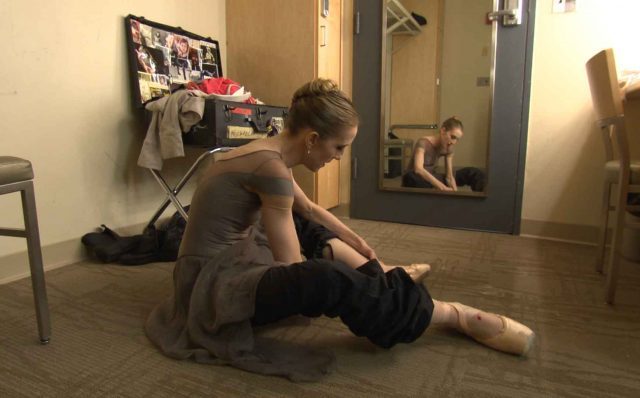
 “I’ve always been extremely devoted to what I do, and I love being a part of the New York City Ballet. But I do feel the ticking clock, and at times I’ve thought, if I don’t dance, I’d rather die. I’ve actually said that,” longtime New York City principal dancer Wendy Whelan says in the intimate and revealing documentary Restless Creature: Wendy Whelan. Whelan gave directors and producers Linda Saffire and Adam Schlesinger remarkable access as she faces a turning point in her life and career. In 2013, she began to notice she wasn’t getting the parts she used to excel in and decided to get reconstructive hip surgery, hoping that she could return to dancing full-time, at top level. She allows Saffire and Schlesinger into the operating room as Dr. Marc J. Philippon performs the procedure on her torn right labrum. “Ballerinas are probably God’s best athletes,” Dr. Philippon, says. The film then documents her hard-fought battle to return to the stage, as it’s unclear that she will ever regain her skills — or if Peter Martins and the New York City Ballet will even want her back. “What the fuck is this gonna be like when I can’t do this anymore,” she wonders, later adding, “I need to get back in the game, because I don’t have a ton of time left at my game.” With an inspiring dedication, brave honesty, and self-deprecating sense of humor, Whelan, who turned fifty earlier this month, works with physical therapists Marika Molnar and James Gallegro and discusses options with her husband, choreographer and creative director David Michalek; her manager, Ilter Abramowitz; her mother, Kay; and friends Adam Barrett and Maria Scherer, holding nothing back about the choices she must make. Concerned that soon she will not physically be able to be at her best in ballet, she starts the “Restless Creature” contemporary dance project with choreographers Kyle Abraham, Josh Beamish, Brian Brooks, and Alejandro Cerrudo. But she still aches to return to her home of thirty years, the New York City Ballet, where decades of balletomanes, twi-ny included, have thrilled to her technical precision, insight, musicality, and breathtakingly beautiful line.
“I’ve always been extremely devoted to what I do, and I love being a part of the New York City Ballet. But I do feel the ticking clock, and at times I’ve thought, if I don’t dance, I’d rather die. I’ve actually said that,” longtime New York City principal dancer Wendy Whelan says in the intimate and revealing documentary Restless Creature: Wendy Whelan. Whelan gave directors and producers Linda Saffire and Adam Schlesinger remarkable access as she faces a turning point in her life and career. In 2013, she began to notice she wasn’t getting the parts she used to excel in and decided to get reconstructive hip surgery, hoping that she could return to dancing full-time, at top level. She allows Saffire and Schlesinger into the operating room as Dr. Marc J. Philippon performs the procedure on her torn right labrum. “Ballerinas are probably God’s best athletes,” Dr. Philippon, says. The film then documents her hard-fought battle to return to the stage, as it’s unclear that she will ever regain her skills — or if Peter Martins and the New York City Ballet will even want her back. “What the fuck is this gonna be like when I can’t do this anymore,” she wonders, later adding, “I need to get back in the game, because I don’t have a ton of time left at my game.” With an inspiring dedication, brave honesty, and self-deprecating sense of humor, Whelan, who turned fifty earlier this month, works with physical therapists Marika Molnar and James Gallegro and discusses options with her husband, choreographer and creative director David Michalek; her manager, Ilter Abramowitz; her mother, Kay; and friends Adam Barrett and Maria Scherer, holding nothing back about the choices she must make. Concerned that soon she will not physically be able to be at her best in ballet, she starts the “Restless Creature” contemporary dance project with choreographers Kyle Abraham, Josh Beamish, Brian Brooks, and Alejandro Cerrudo. But she still aches to return to her home of thirty years, the New York City Ballet, where decades of balletomanes, twi-ny included, have thrilled to her technical precision, insight, musicality, and breathtakingly beautiful line. 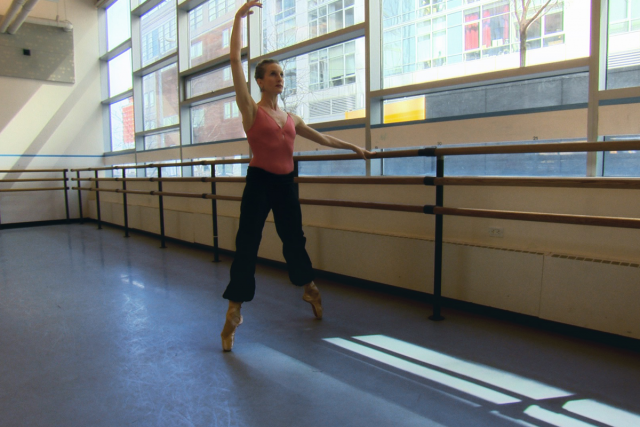
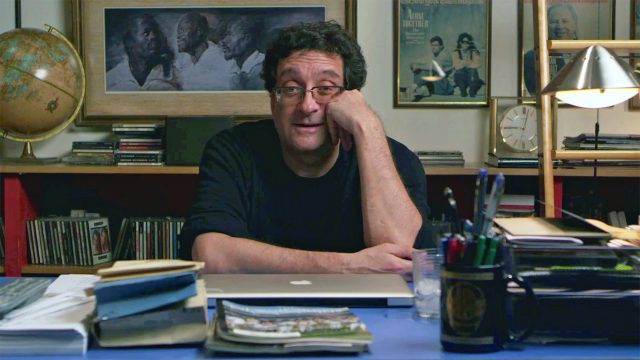
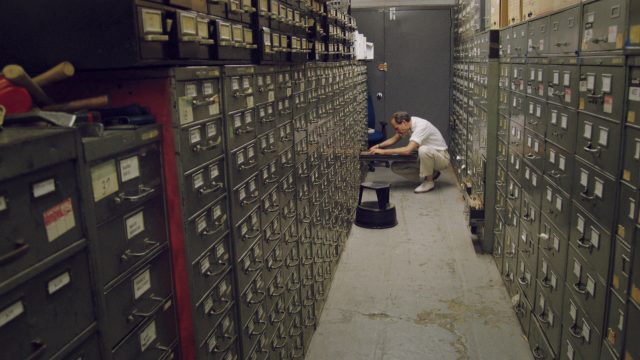
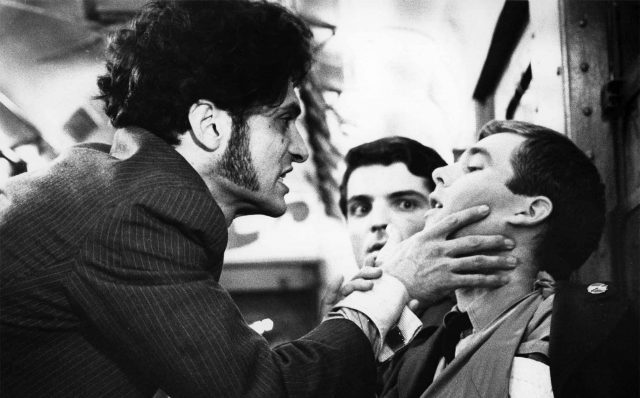
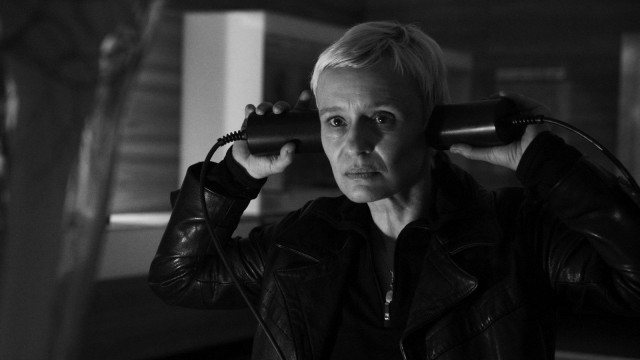

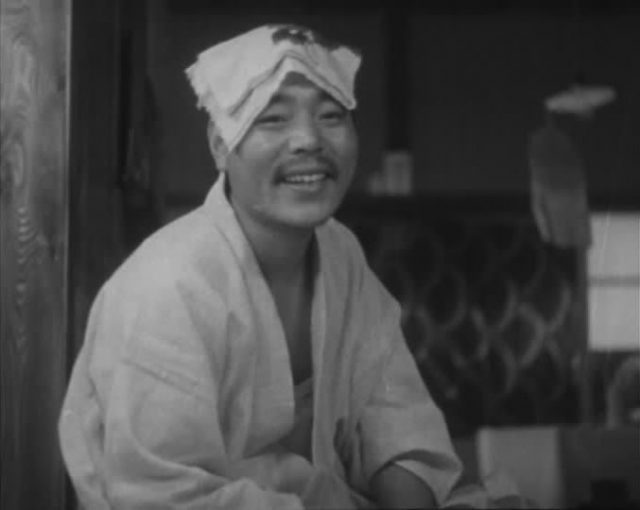
 Yasujirō Ozu might not have been keen on the latest technology — he made silent films until 1936, and his first color film was in 1958, near the end of his career — but there’s nothing old-fashioned about his mastery of camera and storytelling, as evidenced by one of his lesser-known comedy-dramas, Passing Fancy. On March 19 at 4:30, Film Forum is screening a 35mm print of the 1933 masterpiece, accompanied by a live benshi performance by Ichiro Kataoka and composer and pianist Makia Matsumura. Takeshi Sakamato stars as Kihachi, a character that would go on to appear in such other Ozu works as A Story of Floating Weeds, An Inn in Tokyo, and Record of a Tenement Gentleman. The film opens at a rōkyoku performance, where the audience is sitting on the floor on a hot day, mopping their brows and fanning themselves; Kihachi has an ever-present cloth on his head, looking clownish, a small boy with an injured eye who turns out to be his son, Tomio (Tokkankozo), sleeping by him. Foreshadowing Bresson-ian precision, Ozu and cinematographers Hideo Shigehara and Shojiro Sugimoto follow a small, lost change purse as several men inspect it, hoping to find money in it, then toss it away when it comes up empty. The scene establishes the pace and tone of the film, identifies Kihachi as the protagonist, and shows that there will be limited translated text and dialogue; in fact, Ozu never reveals what happened to Tomio’s eye. After the performance, Kihachi and his friend and coworker at the local brewery, Jiro (Den Obinata), meet a destitute young woman named Harue (Nobuko Fushimi). An intertitle explains, “Everyone years for love. Love sets our thoughts in flight.” Kihachi, a poor, single father, helps Harue get a place to stay and a job with restaurant owner Otome (Chouko Iida), hoping that Harue will become interested in him, but she instead takes a liking to the younger Jiro, who wants nothing to do with the whole situation, believing that Harue is using them.
Yasujirō Ozu might not have been keen on the latest technology — he made silent films until 1936, and his first color film was in 1958, near the end of his career — but there’s nothing old-fashioned about his mastery of camera and storytelling, as evidenced by one of his lesser-known comedy-dramas, Passing Fancy. On March 19 at 4:30, Film Forum is screening a 35mm print of the 1933 masterpiece, accompanied by a live benshi performance by Ichiro Kataoka and composer and pianist Makia Matsumura. Takeshi Sakamato stars as Kihachi, a character that would go on to appear in such other Ozu works as A Story of Floating Weeds, An Inn in Tokyo, and Record of a Tenement Gentleman. The film opens at a rōkyoku performance, where the audience is sitting on the floor on a hot day, mopping their brows and fanning themselves; Kihachi has an ever-present cloth on his head, looking clownish, a small boy with an injured eye who turns out to be his son, Tomio (Tokkankozo), sleeping by him. Foreshadowing Bresson-ian precision, Ozu and cinematographers Hideo Shigehara and Shojiro Sugimoto follow a small, lost change purse as several men inspect it, hoping to find money in it, then toss it away when it comes up empty. The scene establishes the pace and tone of the film, identifies Kihachi as the protagonist, and shows that there will be limited translated text and dialogue; in fact, Ozu never reveals what happened to Tomio’s eye. After the performance, Kihachi and his friend and coworker at the local brewery, Jiro (Den Obinata), meet a destitute young woman named Harue (Nobuko Fushimi). An intertitle explains, “Everyone years for love. Love sets our thoughts in flight.” Kihachi, a poor, single father, helps Harue get a place to stay and a job with restaurant owner Otome (Chouko Iida), hoping that Harue will become interested in him, but she instead takes a liking to the younger Jiro, who wants nothing to do with the whole situation, believing that Harue is using them.